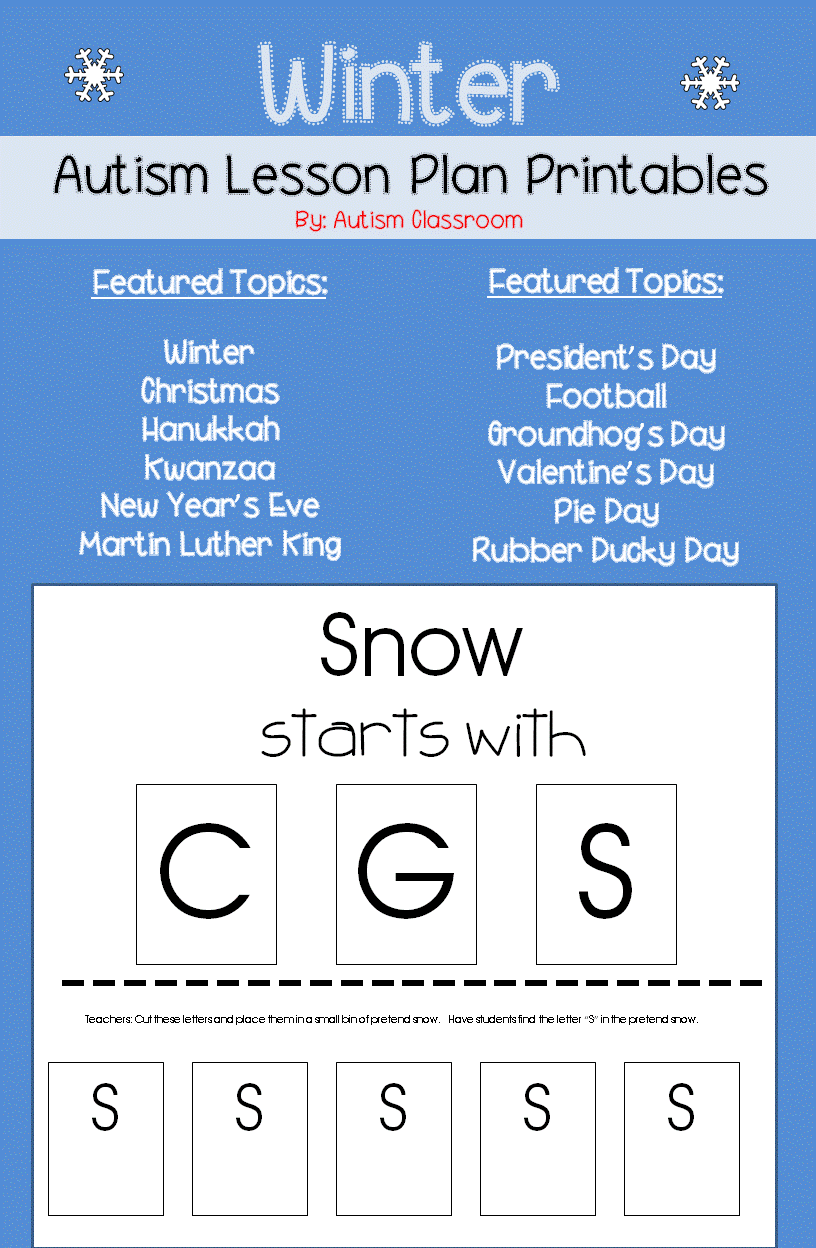Shopping seems to be an important activity in the month of December. Whether it is food shopping, toy shopping or just plain old, "I have to pick up one more thing," shopping, we all seem to do a bit more of it during this month. So what strategies can parents and family members try to use to make this experience a tiny bit easier? What advice can teachers offer families about this subject? Here are a few...
Running Errands
- Make a visual or written travel schedule, teach it, and use it
- Use a photo book with various places in it
- Use their favorite place as the last place before home
- Have one of their favorite electronic items used only for travel
- Reserve a special toy for time when the best behavior is needed
- Keep snacks handy
- Use headphones for places with large crowds
- Crete a visual support to show where you are going and when you will be done
Many of these suggestions lean toward helping the child to understand the expectations of the activity. They do not mean that the child will like what they are hearing. I know that most kids complain when told of some of the errands they are running. Then they barter with their parents to include some place fun for them. But the key is that the expectations have be explained. This is needed as well with children with autism. However, the plan for the day should be visual and available throughout the entire trip.
Grocery Shopping
Grocery shopping presents it's own set of challenges. Most people have a history with certain stores and certain behaviors. This link gives a great story with a very specific technique to try to make that experience smoother. Here are some ways to teach your child to utilize a grocery list, wait in line and handle money. Why?...Because if they can help you shop they are learning a life skill and they have something to concentrate on! Again the key to the grocery shopping might be in the pictures. This webpage gives pictures to assist in the grocery shopping experience. Even with these ideas, you still need to start small. Don't plan a 3-hour shopping trip just because you have incorporated these techniques.
Best Wishes!











